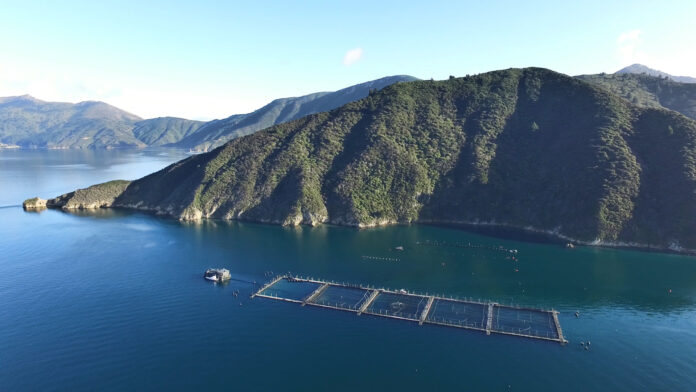New Zealand King Salmon announced it is reducing its workforce by almost 25 percent following a dismal year marked with massive fish mortalities due to warming sea temperatures, as well as the pandemic.
The company plans to let go of 139 workers mainly in processing roles as a result of an expected drop in production. It will be left with 441 workers after the layoffs.
A mortality event in January 2022 increased mortality cost by 29 percent to NZ$20.8 million in the fiscal year ended 31 January 2022 from $16.1 million during the prior fiscal year, the company announced in April. It reported a full year loss of NZD $73 million (€46 million).
“Unusually early elevated seawater temperatures were a major factor behind high mortality rates, with the marine heatwave during summer associated with a La Niña event. It resulted in a $20.8-million negative impact on profitability from high fish mortalities,” said New Zealand King Salmon CEO Grant Rosewarne in announcing the year-end financial results last April.
Rosewarne added that the company has intensified its efforts to identify and counter the factors that aggravate the climate effect on its salmon. One strategy is to fallow three farms in the Pelorus Sound, where the company traditionally produced salmon year-round. It was in those farms where the bulk of mortalities occurred in the summer. They will instead be used as nursery when they’re fallowed, the company said.
The company acknowledged that the measures “will result in a forecast decline in production in FY23 and FY24 to 5,700 and 6,500 tonnes respectively, with a 200-tonne predicted increase in 2025.”
“This reduction in output will be partially offset by a rigorous review of overheads and a downsizing of the company.”


